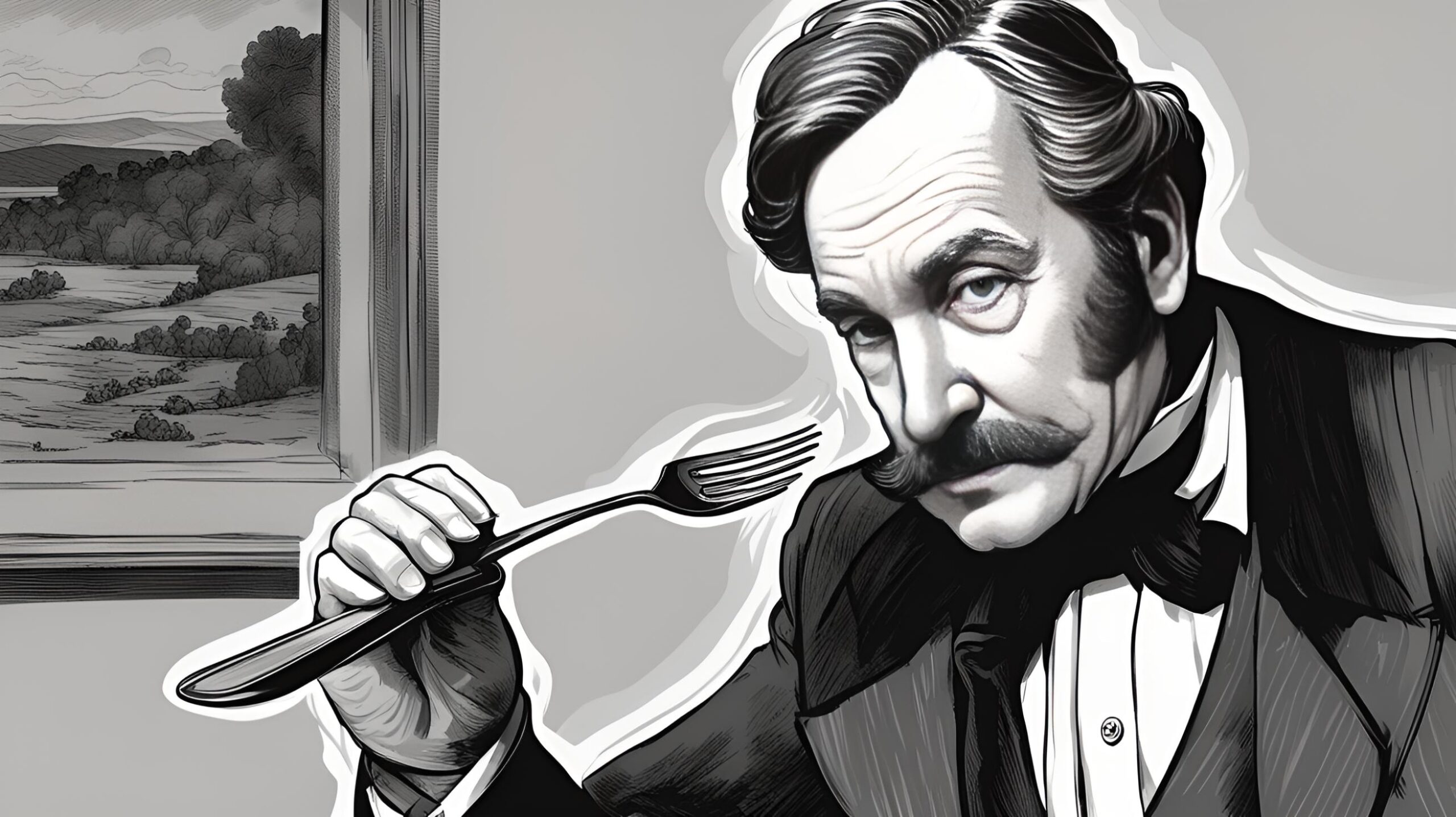Flashback to June 25
American History

On June 25, 1630, Governor John Winthrop of the Massachusetts Bay Colony made a significant contribution to American dining by introducing the use of forks. This event marked a pivotal moment in the history of American cuisine and transformed the way people ate their meals. In this article, we will delve into the details of how Governor Winthrop’s introduction of forks revolutionized American dining and its impact on society.
Before the arrival of forks in American dining, people primarily used spoons and knives to consume their food. Forks were already in use in Europe, particularly in England, but they had not gained widespread popularity in the American colonies. It was Governor Winthrop who brought the idea of using forks to the attention of the colonists. This decision was met with skepticism and resistance initially, as many people found the concept strange and unnecessary.
However, Governor Winthrop was persistent in his efforts to introduce forks as a dining utensil. He believed that forks could enhance hygiene and dining etiquette, leading to a more civilized approach to food consumption. Slowly, but surely, his ideas gained acceptance among the colonists, and forks started to become a common sight on the dining tables.
The introduction of forks brought notable changes to American dining practices. Previously, people would eat with their fingers or use a combination of knives and spoons. Forks provided a more convenient and efficient way to eat, allowing for a neater and more refined dining experience. They allowed for a better grip on food, enabling people to pick up smaller pieces easily. Moreover, forks prevented direct contact between fingers and food, which contributed to improved hygiene.
Not only did Governor Winthrop’s introduction of forks elevate the dining experience, but it also brought about a change in social norms and manners. The use of forks became a symbol of refinement and sophistication, indicating a higher social status. Those who adopted the use of forks were considered to be more cultured and well-mannered. As a result, the introduction of forks sparked a trend among the upper class, who eagerly adopted this new dining utensil.
Over time, as the use of forks became more widespread, it became ingrained in American dining culture. Forks became an essential part of every dining set, and manufacturers began producing a variety of fork designs to cater to different culinary needs. The fork became a staple utensil in homes, restaurants, and social gatherings across the country.
The introduction of forks by Governor Winthrop also had a lasting impact on American cuisine. With the use of forks, people could now enjoy more intricate and complex dishes that required finer handling. Forks allowed for the consumption of delicate foods like salads, pastries, and seafood, which previously would have been challenging to eat without getting messy. This opened up new culinary possibilities and expanded the range of foods that could be enjoyed.
Governor Winthrop’s introduction of forks to American dining on June 25, 1630, was a significant milestone in the history of American cuisine. It revolutionized the way people ate their meals, bringing about a more refined and civilized dining experience. Forks not only provided practical benefits in terms of convenience and hygiene but also played a crucial role in shaping social norms and dining etiquette. The impact of Governor Winthrop’s introduction of forks can still be felt today as forks remain an essential part of American dining culture.
We strive for accuracy. If you see something that doesn't look right, click here to contact us!
Sponsored Content

Fork introduced to American…
Discover the historical moment…

Microsoft Inc. is restructured…
On June 25, 1981,…

John Dean begins testimony…
On June 25, 1973,…

In Clinton v. City…
On June 25, 1998,…

The Institute for Puerto…
The Institute for Puerto…

